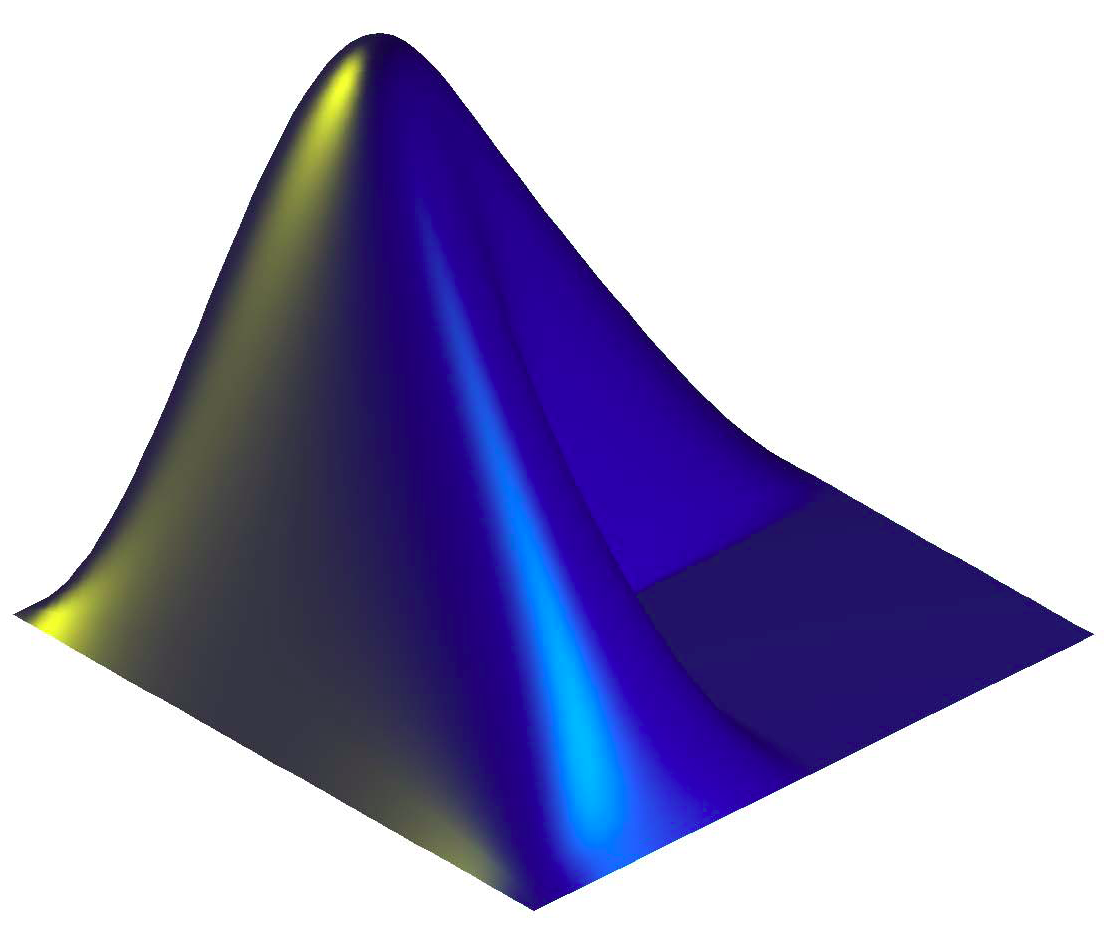-
Notifications
You must be signed in to change notification settings - Fork 10
sig.rms
The global amplitude of the signal x can be computed simply by taking the root average of the square of the waveform, also called root-mean-square (RMS):
https://miningsuite.googlecode.com/svn/wiki/SigRms_eq1.png
sig.rms accepts as input data type either:
-
sig.inputobjects, where the audio waveform can be segmented (usingsig.segment), decomposed into channels (usingsig.filterbank), and/or decomposed into frames (usingsig.frame), - file name(s) or the
'Folder'keyword, - other objects, such as
sig.Spectrum, are accepted as well.
The following command orders the computation of the RMS related to a given audio file:
sig.rms('ragtime')
which produce the resulting message in the Command Window:
The RMS energy related to file ragtime is 0.017932
sig.rms(…,'Frame',…) performs first a frame decomposition, with by default a frame length of 50 ms and half overlapping. For the specification of other frame configuration using additional parameters, cf. the previous SigFrame vs. 'Frame' section.
For instance:
sig.rms('ragtime','Frame')
we obtain a temporal evolution of the energy:
https://miningsuite.googlecode.com/svn/wiki/SigRms_ex1.png
We can note that this energy curve is very close to the envelope:
https://miningsuite.googlecode.com/svn/wiki/SigRms_ex2.png
sig.rms(…,'Median') replaces the mean by the median, corresponding to what could be called a “root-median-square”.
